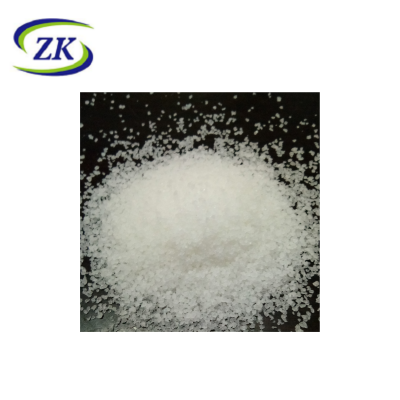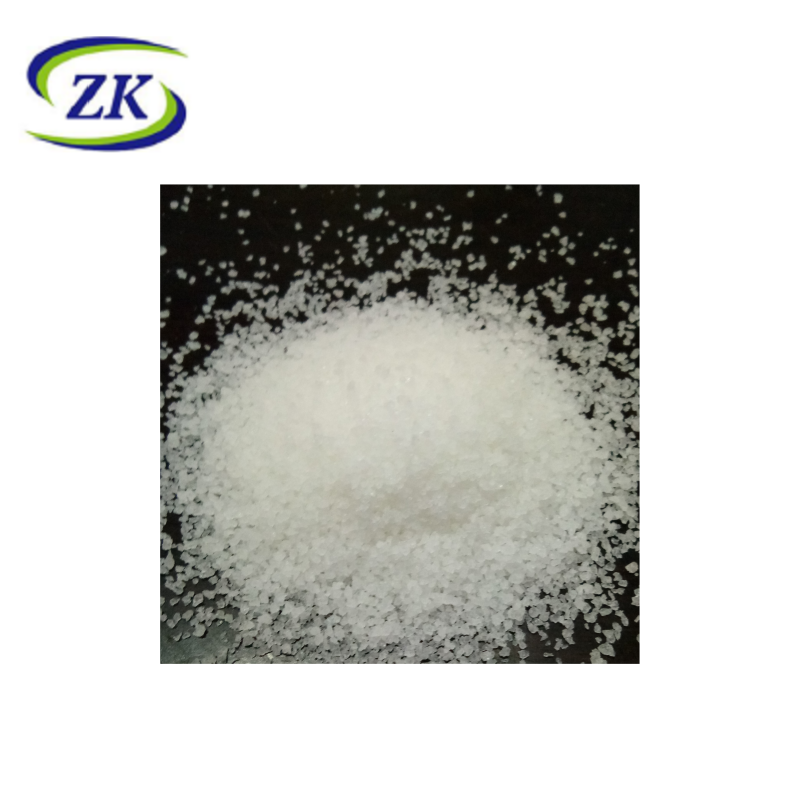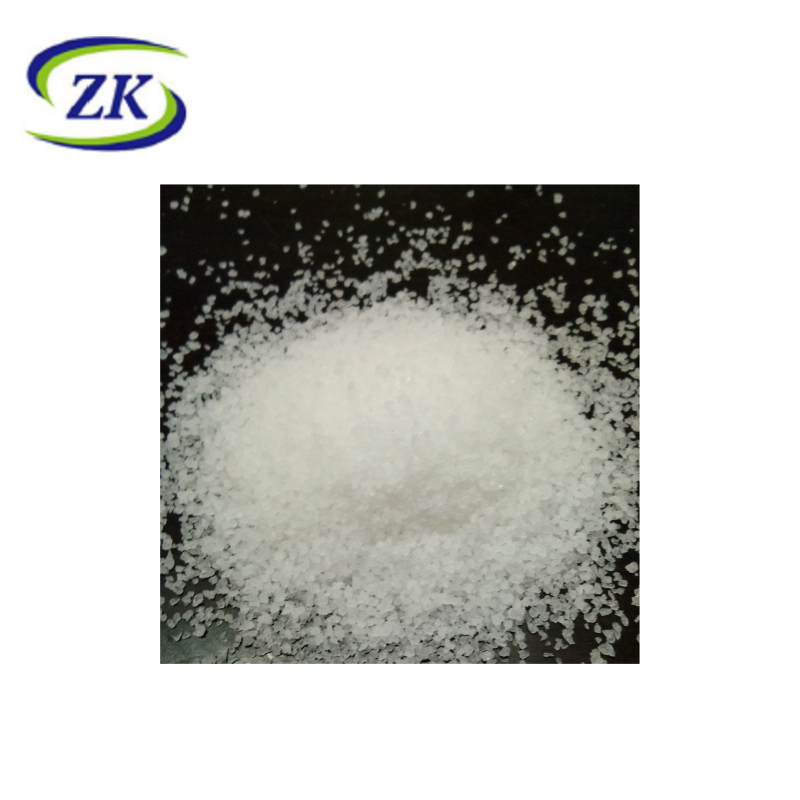Products Description

Physical and Chemical Properties:
Chemical Composition: Cationic Polyacrylamide
Appearance and Properties: White powder, colorless to pale white liquid after dissolution
Molecular Weight: Ultra-High
Charge Type: Cationic
Volume Density: Approximately 600 kg/m³
pH (0.1% deionized water solution): Approximately 4.0
Aqueous Viscosity (0.3% tap water, 20°C): Approximately 950 mPa.s
Water Solubility: Excellent
Main Purposes:
Used in the production of fine paper, coated paper, newsprint, packaging paper, and paperboard to improve pulp and filler retention on the paper machine wire and accelerate pulp dehydration during the papermaking process. This product has a high molecular weight and excellent water solubility. It is widely compatible with pulps from various pulping processes.
Product features:
*Higher active ingredient content compared to emulsion products;
*Ultra-high molecular weight with controlled molecular weight distribution;
*Excellent solubility and quality assurance;
*Improved retention of fibers, fillers, and chemicals, increasing raw material utilization;
*Improved pulp drainage, increasing paper machine speed, boosting production, and reducing steam consumption;
*Reduced system sedimentation, improving paper machine efficiency and product quality;
*Reduced COB and BOD in wastewater, alleviating the load on wastewater treatment plants;
*Wide applicability, suitable for various pulps, including waste paper pulp, mechanical wood pulp, chemical wood pulp, and straw pulp;
*Excellent adaptability.
Usage:
The model and optimal use point should be determined based on the pulp properties, papermaking process, paper machine type and retention system. For single-component system, the use point should be as close to the headbox as possible while ensuring thorough mixing with the pulp. For dual-component and multi-component systems, the use point is generally at the inlet or outlet of the pre-screen pressure screen. The use point must ensure rapid and thorough mixing of the chemical with the pulp.
Dosage: The dosage should be determined experimentally. The typical dosage is between 0.01% and 0.08%.



